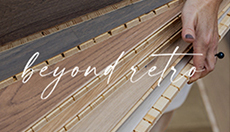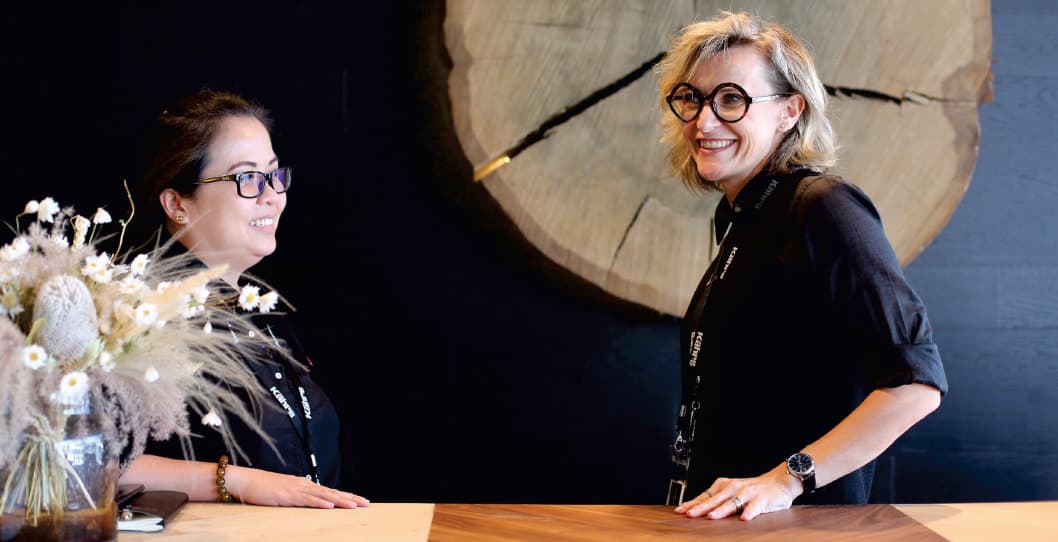History Of The Popular Parquet Wood Flooring Pattern Herringbone
April 28, 2022
The parquet wood flooring patterns like chevron and herringbone have always remained a popular choice in hardwood designs. In recent times, they have made a come-back, becoming widely used in homes and commercial spaces. These geometric patterns impart a visual appeal to your floors and give off a luxury air. The stories behind these curious patterns span across the architectural, textile and art worlds.
The herringbone pattern, as the name indicates, was named for its resemblance to the bone structures of the herring fish skeleton. It dates back to the Ancient Roman Empire because it was Roman road builders who first discovered that laying bricks in a V-shaped pattern on a bed of gravel creates a more stable road. This led to a new type of masonry coming into place called opus spicatum which is the latin word for “spiked work”. This design gained quick prominence and was in fact, employed in the dome of the Cathedral of Florence (Santa del Fiore) by the father of renaissance architecture, Filippo Brunelleschi.
The construction of roads began with laying of a base of gravel, which was then interlaid with the bricks in the V-pattern. This approach also offered benefits in absorbing the compression of traffic on the roads, and so reduced the need for maintenance over time. It is interesting how they are strong and sturdy till date!
Other ancient civilizations, including the Egyptians, also used this pattern. They used the design most commonly for curating the jewelry for the elite and the royalty. It was also found to show up as a horsehair cloth discovered in Ireland, which dates back to somewhere between 750 and 600 BCE. This pattern was also in rampant use by the indigenous North Americans in basketry. However it was only in the 16th century that the herringbone pattern came to be used as a parquet flooring.
Parquetry meant small compartments in French, and it was used to refer to the way small wooden pieces were cut, shaped and fitted into geometric patterns. It soon became popular throughout the 1600s in France, and stood as a symbol of status and elegance. It was a sign of grandeur and refinement in architecture. One of the earlier uses of wooden herringbone flooring can be seen at the Francis I Gallery at the Château de Fontainebleau constructed in 1539. The herringbone pattern continues to be used in textile design, and pattern for fabrics and wins the favor of architects worldwide.
Nordic Homeworx, a reputed wood flooring company in Dubai is bringing the classic parquet flooring styles and designs to your homes to add a touch of opulence. We represent the Kährs of Sweden in the UAE & Middle East. Book a consultation with our team today to find out what will meet your unique preferences.






